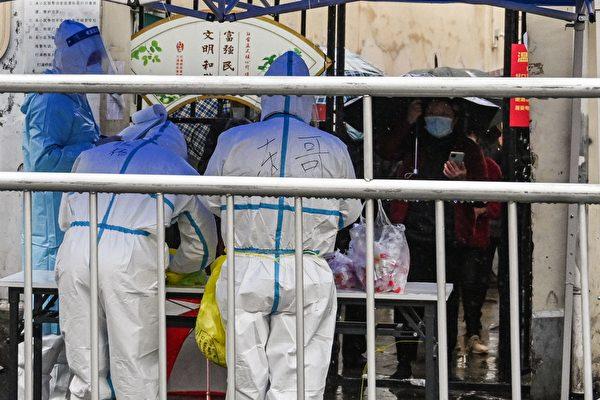News Analysis
As the Omicron variant is causing a surge in COVID-19 infections across 30 provinces and municipalities in China, Beijing’s “zero-COVID” restrictions appear to be causing more harm than good.

As the Omicron variant is causing a surge in COVID-19 infections across 30 provinces and municipalities in China, Beijing’s “zero-COVID” restrictions appear to be causing more harm than good.